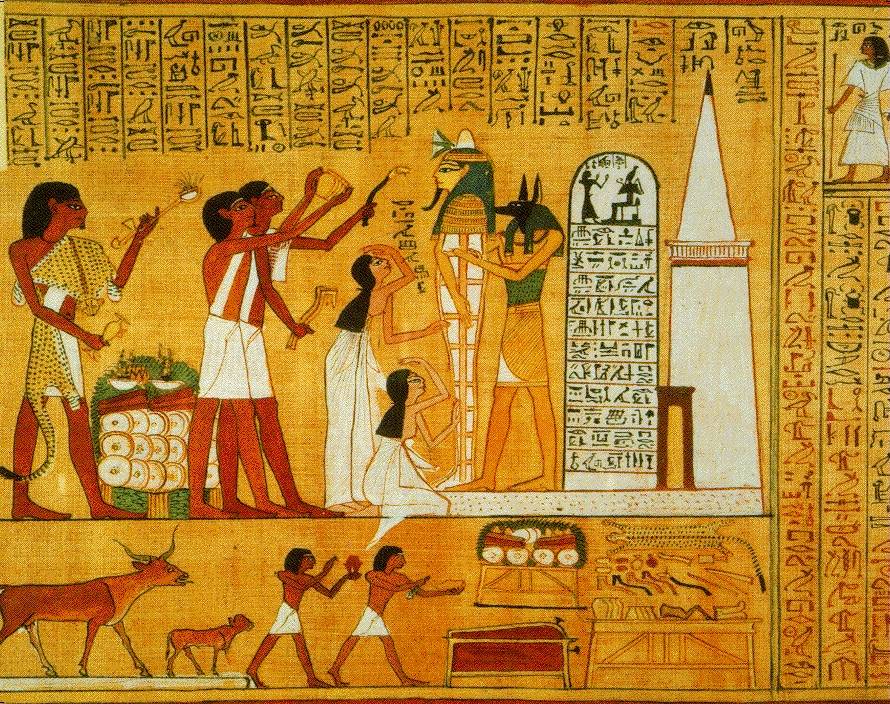 What I took away from this unit was what formal analysis was and its significance to art, what art is, Ancient art and what it tells us about the word and how education is making oppressed people less likely to face their oppressors.
What I took away from this unit was what formal analysis was and its significance to art, what art is, Ancient art and what it tells us about the word and how education is making oppressed people less likely to face their oppressors.
 From what I’ve learned, in my opinion, Formal analysis is analyzing the elements that make up a piece of art and explaining their significance to the art. For example, when we analyzed paintings like the Manet Olympia, we get a grasp of what the artist was trying to show us. The brightest objects/things would be the most important and the focus of the painting, while the darkening and everything around the bright object/thing would be darker to help guide our eyes unto the the the important piece. Just like how bright the woman was in Manet Olympia. Whiter colors always tend to be more visible out of a darker background.
From what I’ve learned, in my opinion, Formal analysis is analyzing the elements that make up a piece of art and explaining their significance to the art. For example, when we analyzed paintings like the Manet Olympia, we get a grasp of what the artist was trying to show us. The brightest objects/things would be the most important and the focus of the painting, while the darkening and everything around the bright object/thing would be darker to help guide our eyes unto the the the important piece. Just like how bright the woman was in Manet Olympia. Whiter colors always tend to be more visible out of a darker background.
 Formal analysis goes into what we learned about ancient “art”. For example; during the Egyptian and Mesopotamian times, the king was usually made to look bigger than everyone. People who were usually smaller and some who are cowering help get our eyes on the King/Ruler. One of the most important analysis on ancient art would be the attention to detail to something important. Usually the most important person or object would be the one who have been detailed enough to almost look 3D out of the 2D artwork. What the detailing and size tell about the ancient world was that their was a hierarchy. Going down an Art piece like the Egyptian make up holder showed that the King was always on top of all humans, but most importantly the Gods were always on top of the kings watching down. What we consider as Art now was likely considered just a piece of work back then, but reading and trying to understand Ancient art, we can understand their world a little better.
Formal analysis goes into what we learned about ancient “art”. For example; during the Egyptian and Mesopotamian times, the king was usually made to look bigger than everyone. People who were usually smaller and some who are cowering help get our eyes on the King/Ruler. One of the most important analysis on ancient art would be the attention to detail to something important. Usually the most important person or object would be the one who have been detailed enough to almost look 3D out of the 2D artwork. What the detailing and size tell about the ancient world was that their was a hierarchy. Going down an Art piece like the Egyptian make up holder showed that the King was always on top of all humans, but most importantly the Gods were always on top of the kings watching down. What we consider as Art now was likely considered just a piece of work back then, but reading and trying to understand Ancient art, we can understand their world a little better.
 It was my second time reading Paolo Friere’s, “Pedagogy of the Oppressed” because I did read it in High school, but I was able to go more in depth to what he was talking about. The most interesting lesson from him was the banking model. This is where he compares students to being banks and just take in information to just spit out information on a test. The students don’t find it interesting and it eventually loses it’s efficiency. Meaning students will stop caring to actually learn and just try to remember information for a test or work. The sad part is that this model is the basic model for public schools in America and most of the world.
It was my second time reading Paolo Friere’s, “Pedagogy of the Oppressed” because I did read it in High school, but I was able to go more in depth to what he was talking about. The most interesting lesson from him was the banking model. This is where he compares students to being banks and just take in information to just spit out information on a test. The students don’t find it interesting and it eventually loses it’s efficiency. Meaning students will stop caring to actually learn and just try to remember information for a test or work. The sad part is that this model is the basic model for public schools in America and most of the world.


